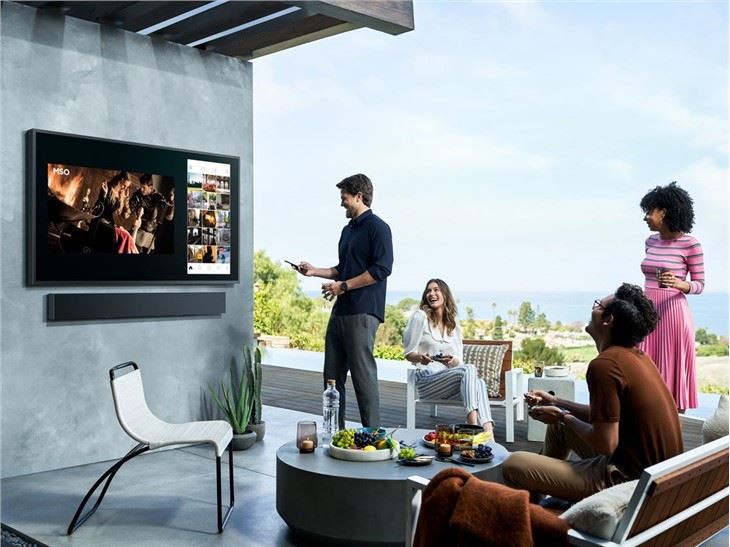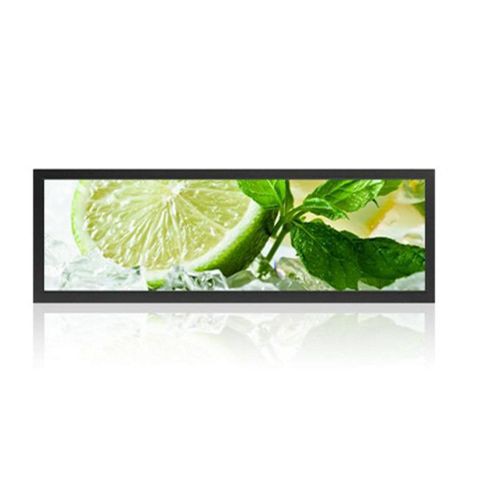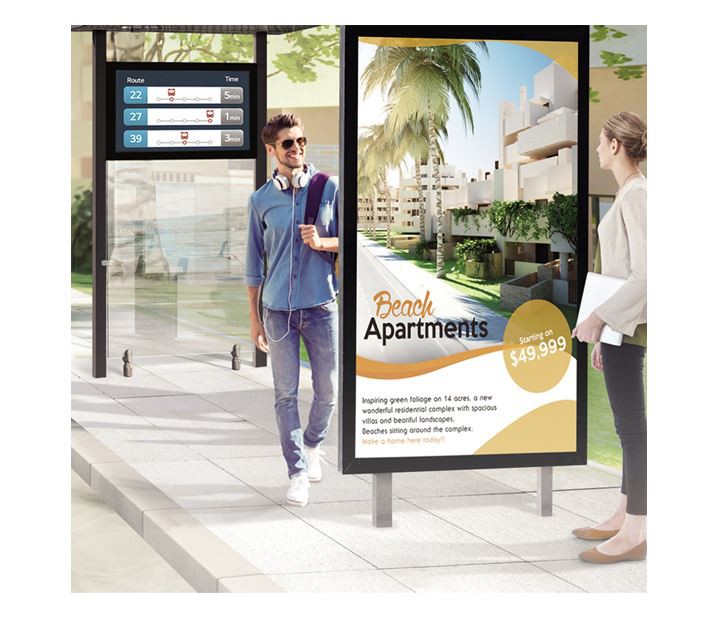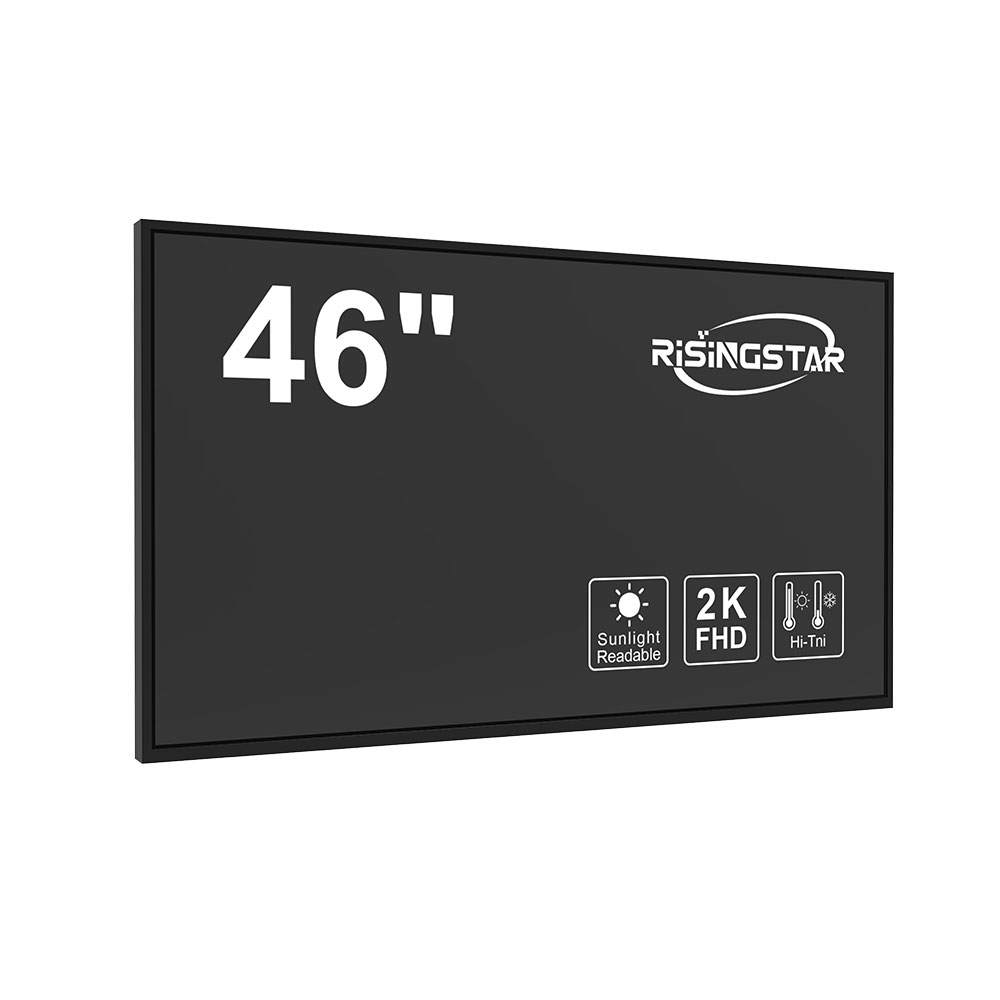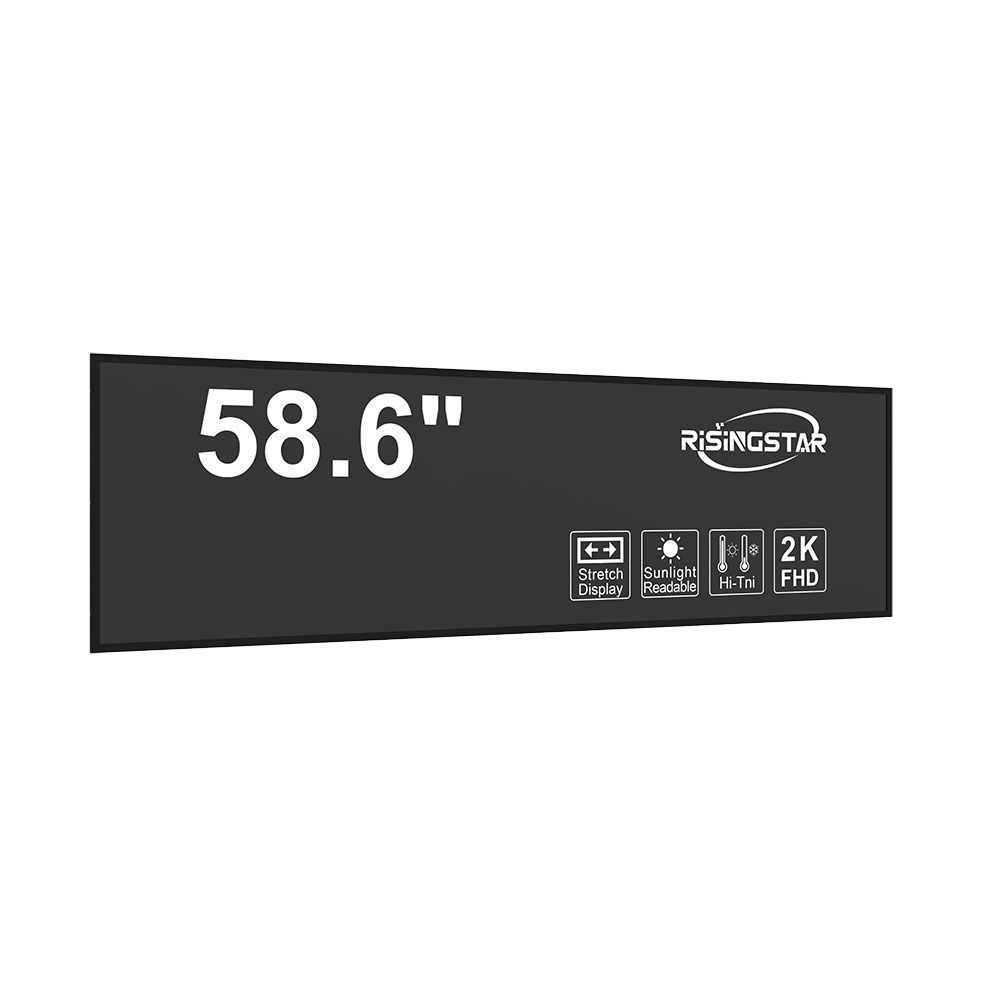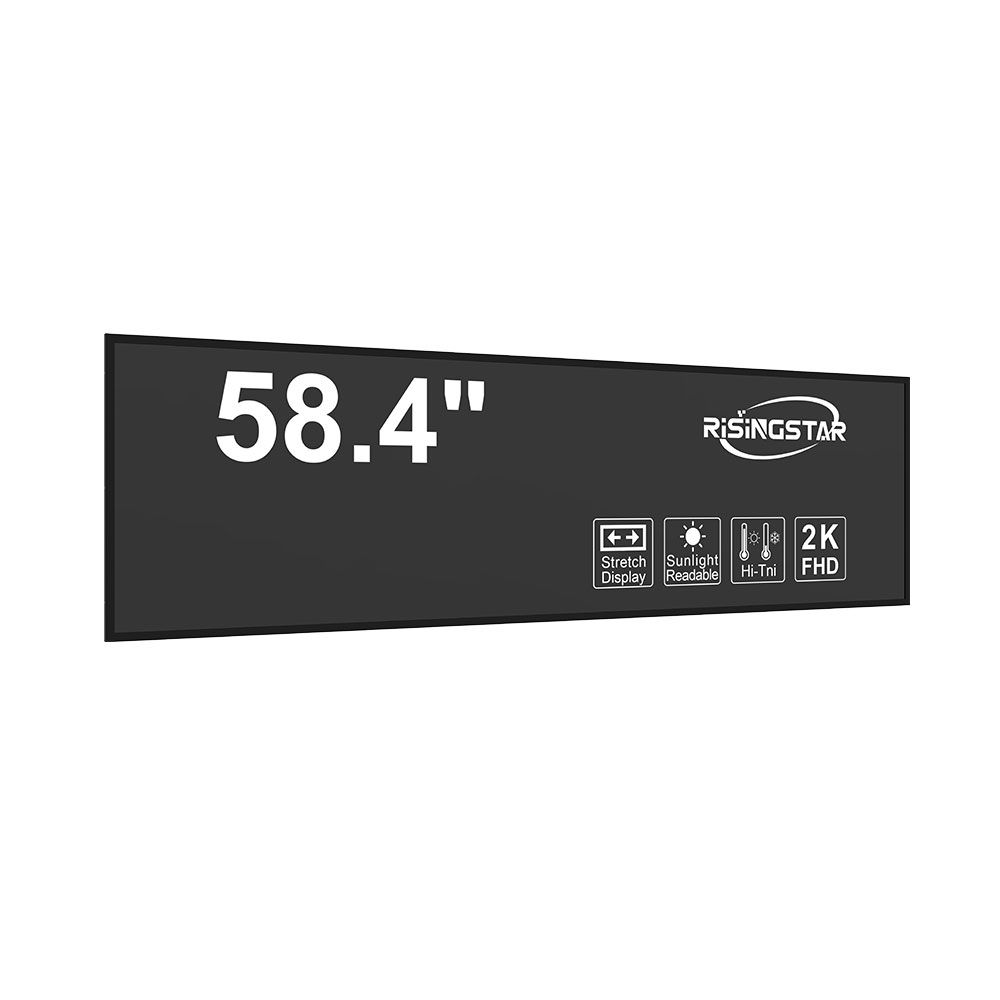In today’s demanding industrial, military, aerospace, and outdoor display environments, the need for high-brightness sunlight-readable LCD screens has never been greater. The Strip Screen Series—ranging from compact 14.1-inch models to massive 86-inch displays—offers scalable solutions engineered for visibility under direct sunlight, extreme temperatures, and high-glare conditions. These screens are not just larger or brighter; they represent a fusion of advanced optical engineering, ruggedized hardware, and smart power management.
The most commonly used sizes in this series include 19", 21.2", 28.6", 37", 48.5", and 58.4"—each tailored to specific application needs. For instance, 14.1" to 21.2" units are often found in portable military field devices, handheld tactical computers, and mobile command centers where portability meets durability. Larger formats such as 48.5" and 58.4" are deployed in fixed installations like control rooms, public transportation dashboards, and construction equipment interfaces, where operator visibility and multitasking are critical.
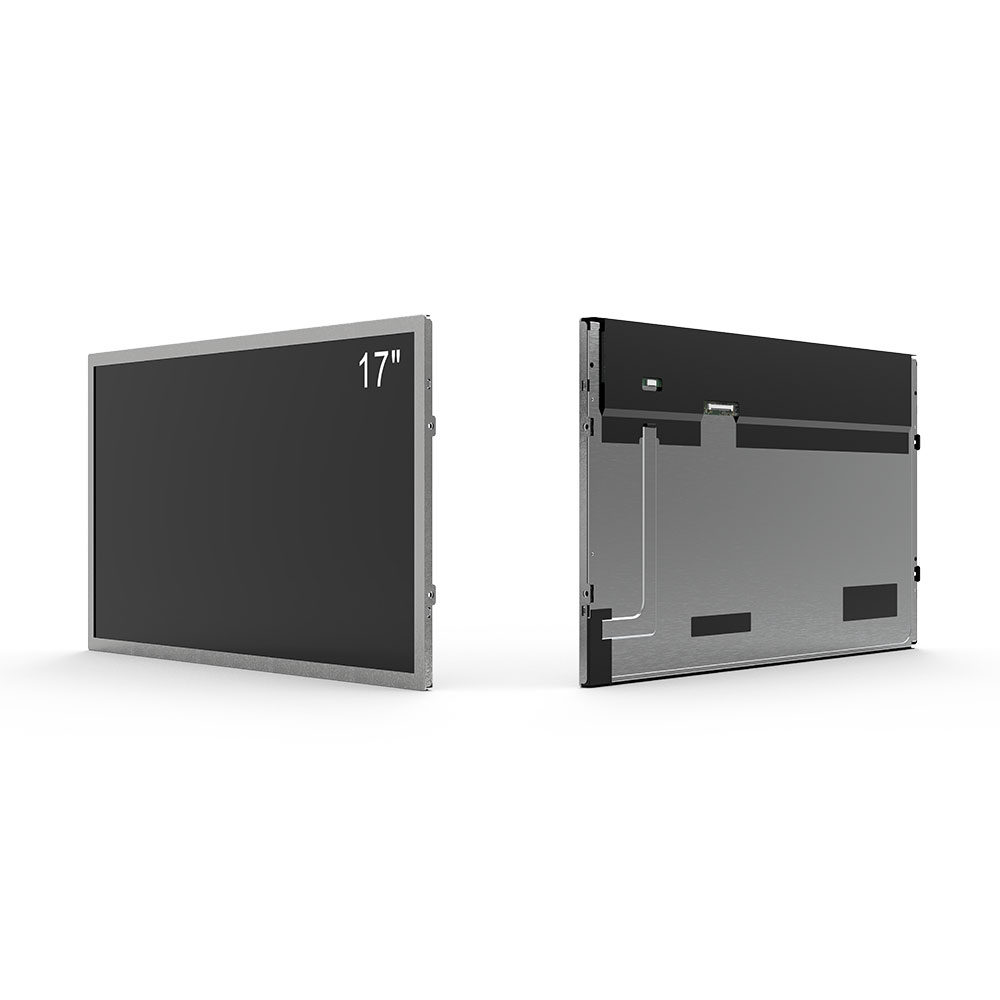
What sets these strip screens apart is their ability to achieve brightness levels of 5,000 to 10,000 nits—far exceeding standard consumer-grade displays that typically max out at 500–1,000 nits. This is achieved through a combination of high-efficiency LED backlighting, anti-reflective (AR) coatings, polarized glass filters, and sometimes dual-layer diffuser systems. According to IEEE Transactions on Industrial Electronics (2022), such designs reduce eye strain by up to 60% in bright ambient light while maintaining color accuracy within ±3 Delta E—a key metric for professional-grade visual fidelity.
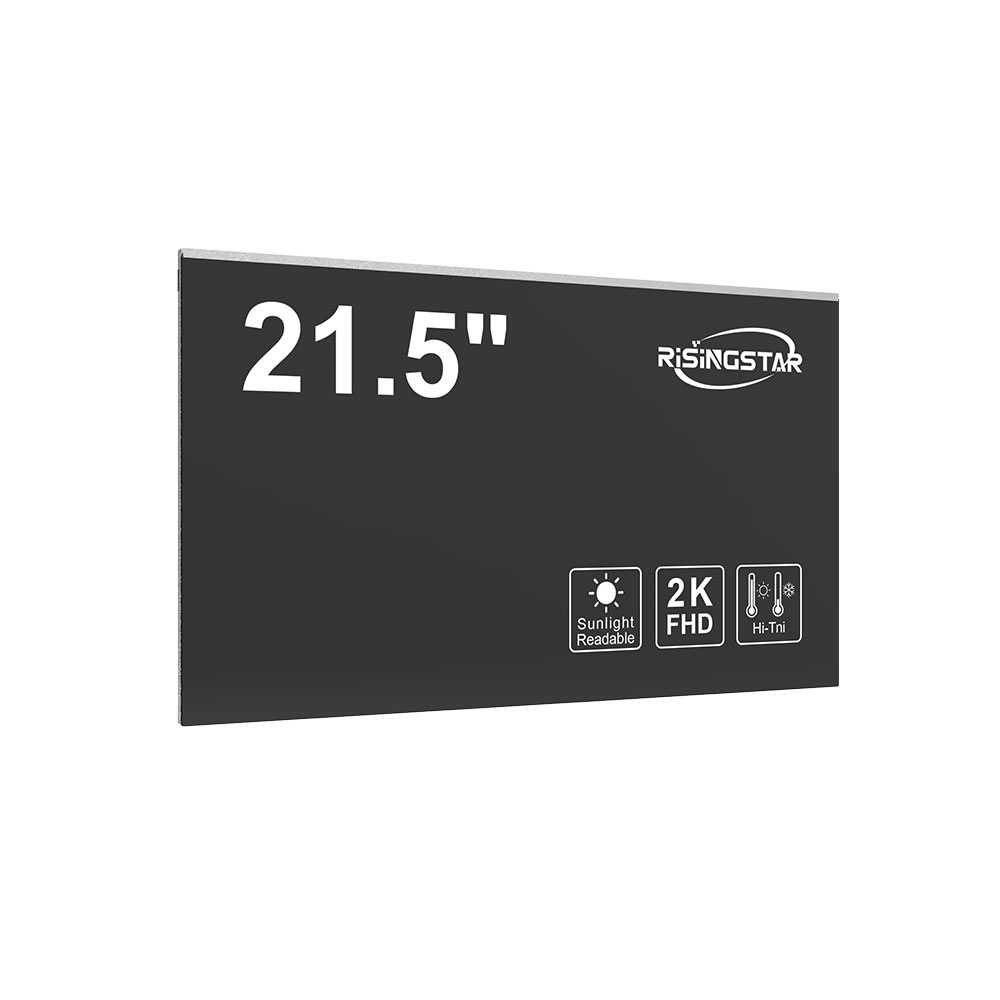
Moreover, compliance with international standards such as MIL-STD-810G for shock and vibration resistance, IP65 for dust/water protection, and EN 60950 for electrical safety ensures these screens can operate reliably in extreme climates—from arid deserts to Arctic cold zones. Case studies from Lockheed Martin’s F-35 cockpit displays and Siemens’ industrial HMI panels demonstrate how strip screens maintain readability even during sudden weather shifts or prolonged sun exposure.
Modern strip screens also integrate adaptive brightness control via ambient light sensors (ALS), reducing power consumption by up to 30% without compromising visibility. Some models feature touchscreen capabilities compatible with gloves and styluses—an essential function for operators wearing protective gear in oil rigs, airports, or emergency response vehicles.
For system integrators, choosing the right size involves more than physical space—it requires evaluating resolution (typically 1080p or higher), refresh rate (≥60Hz for motion clarity), and connectivity options (HDMI, DisplayPort, LVDS). With increasing demand in autonomous vehicle HUDs, UAV ground stations, and smart city infrastructure, manufacturers like LG Display, Innolux, and BOE have expanded production lines focused specifically on high-brightness, sunlight-readable panels.
Whether deploying a single 28.6" screen in a maritime navigation console or integrating a 86" array into an airport information kiosk, the Strip Screen Series provides a future-proof foundation for mission-critical applications where visibility means safety, efficiency, and operational success.




